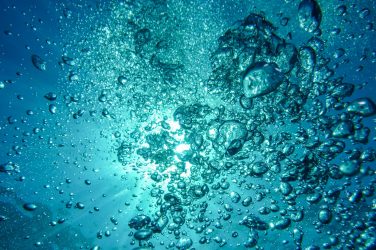The Environment Agency paints a black picture of English cost: dredging is likely to increase, while pollution and sewage are piling pressure on coastal ecosystems, and an increasing number of people are at risk of coastal flooding.
In the autumn of 2021, around Teesside, a mysterious big die-off of crabs and lobsters was recorded. The cause was thought to be dredging and pollution. However, a report published last week found that dredging was unlikely to be the cause, rather it suggests an unidentified new pathogen could have been to blame.
The report by the agency’s chief scientist’s group found that three-quarters of shellfish waters around England failed to meet “aspirational” standards for environmental protection in 2021. Fewer than a fifth of the UK’s estuaries are judged to be at a good ecological status and only 45% of the marine areas assessed met the standard in 2021.
The majority of estuaries had too high nitrogen levels in 2019, as did nearly half of the coastal waters. Nitrogen pollution can cause harmful algae blooms that kill off marine life and smother seagrass and salt marsh.
Furthermore, the climate crisis had caused wetlands to dry and erosion was responsible for sand dunes loss. About 85% of England’s salt marshes, a major carbon store, have been lost since the 1800s, together with about half of the seagrass meadows and 95% of the native oyster population.









Show Comments